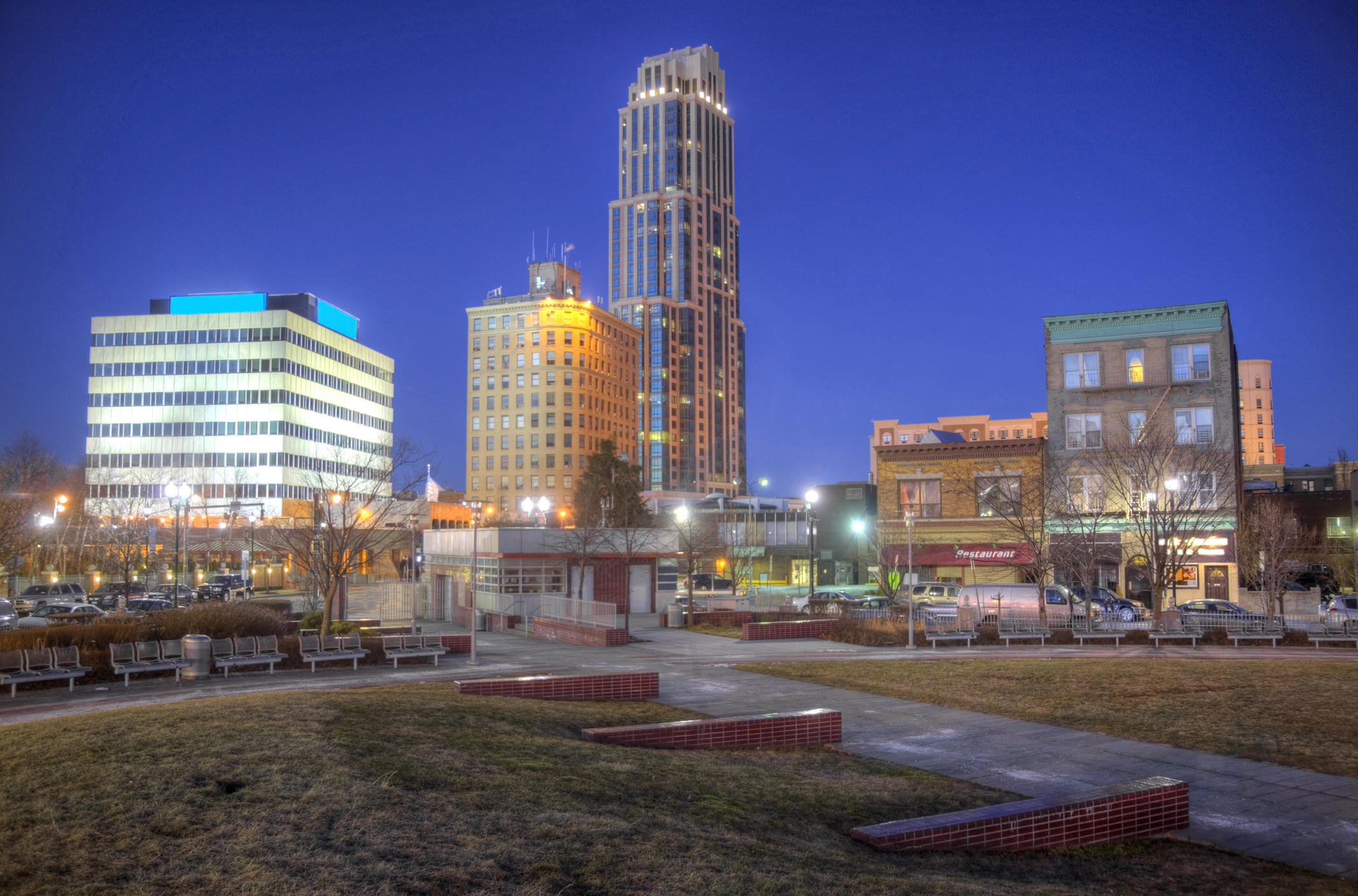How do you transform a suburban downtown district into a magnet for economic development?
It’s not easy. But New Rochelle has done it.
With a population of 80,000 people situated just 30 minutes from midtown Manhattan, the City’s bold downtown strategy has won recognition as a national model for urban revitalization.
New Rochelle is on track to add up to 12 million square feet of new development, including 2.4 million square feet of prime office space, a million square feet of retail, nearly 7,000 housing units and 1,200 hotel rooms. The City has 11 development projects currently under construction, with a total of 32 projects in the pipeline.
How did this thriving suburban city develop its magnetic powers? Here are three big drivers for New Rochelle’s eye-opening success:
Tap the wisdom of the private sector: When city officials launched their aggressive, downtown initiative in 2015, they instantly decided to tap the real-world expertise of the development community to help point the way. While municipalities nationwide are populated by talented economic development specialists, nothing beats the experience gained from life in the high-stakes world of commercial real estate development.
After an intensive, competitive bidding process, the City chose RXR to serve as master developer of approximately 10 acres of the City’s 300-acre downtown. When the rest of the development community saw RXR take the plunge in New Rochelle, others started to wake up to its potential to be one of America’s best small cities.
In partnership with RXR, the City of New Rochelle led a community-based visioning and planning process for the future of downtown. This grassroots planning effort culminated in the adoption of a form-based zoning code and a Generic Environmental Impact Statement (GEIS) under the New York State Environmental Quality Review Act (SEQR). The result of these efforts means that any project proposed in the downtown which conforms to the design regulations and thresholds established by the new zoning will be granted site plan approval within 90 days. Most projects have been approved within 60 days.
Leverage the power of technology: Part of New Rochelle’s magnetic attraction is attributable to the City’s aggressive use of urban technology to help propel its economic development programming.
In shaping their development plans, for example, City officials employed a novel crowdsourced placemaking program. New Rochelle deployed such tech tools as virtual reality (VR) and augmented reality (AR) within online forums that engaged more than 1,000 residents. This forward-looking approach attracted a $1-million grant from the Bloomberg Philanthropies U.S. Mayors Challenge that recognized the City’s “innovative approach to improving citizen engagement through the use of immersive technology.”
Looking forward, New Rochelle officials are astutely positioning the city for America’s ever-emerging and ever-deepening digital economy.
To help attract tech firms, the City plans to roll out technologies that will position the downtown district as a fully wired zone. New Rochelle has leveraged its IT capabilities to create “CircuitNR,” a complimentary, on-demand electric shuttle service transporting riders along several routes in the downtown area.
Additionally, New Rochelle is implementing VR and AR technologies to enhance the planning and public engagement processes around the development of the LINC, a $10 million-dollar urban public park that will serve as Westchester County’s “High Line.” The City also plans to install free public wi-fi throughout the downtown area for its residents and the greater community.
Capitalize upon creativity and the arts: Arts, performance and creativity play major roles in economic development, and the City’s crowdsourcing process made a special effort to harvest input from the arts community. Recent arts programming in the city includes the “NRNY Artsy Murals,” curated by Street Art for Mankind (SAM), which has brought eight large new murals to the city to represent New Rochelle’s unique creativity, diversity and forward-thinking nature.
To further support not only the arts in New Rochelle, but also the artists, the city has prioritized providing spaces where artists can work and live. New Ro studios, a new building located downtown, is 100-percent dedicated to this mission with artists as its only residents. In addition, an Artist Certification program has been implemented in New Rochelle as a way of connecting artists to available housing opportunities. The City also hosted an Artist’s Contest in conjunction with RXR. Daniel Martinez, a local artist and New Rochelle resident, won a year of free rent at the newly opened 360 Huguenot Street.
Recently, New Rochelle also welcomed The Venezuelan American Endowment for the Arts (VAEA), a renowned, arts-focused non-profit to the historic Loew’s Theater as the anchor of its Arts and Cultural District.
As part of the development of 360 Huguenot Street, RXR provided a community benefit bonus in the form of the adaptive reuse of the historic, 93-year-old Loew’s Theater into a community-led, black box theater and arts education center. VAEA, which promotes the best of Venezuelan and American art, is bringing a range of theater, sculpture, dance, music, painting, digital art, poetry, and art-based vocational and educational programs to the site.
New Rochelle’s development strategy incorporates the City’s legacy of artistic creativity shaped by such cultural legends as Norman Rockwell, Terrytoons studios, and The Dick Van Dyke Show. A new generation of artists and innovators is being drawn into the re-energized arts scene, benefitting from performance space, affordable “work-and-live” space for artists, and marketing exposure.
– – – – –
Rather than merely coast along into the future, the City of New Rochelle acted boldly by taking matters into its own hands – and by deciding to build its own future.
The renaissance of downtown New Rochelle is a tale of strategic self-reinvention.
It’s an urban success story from which other cities can learn – and should learn.
